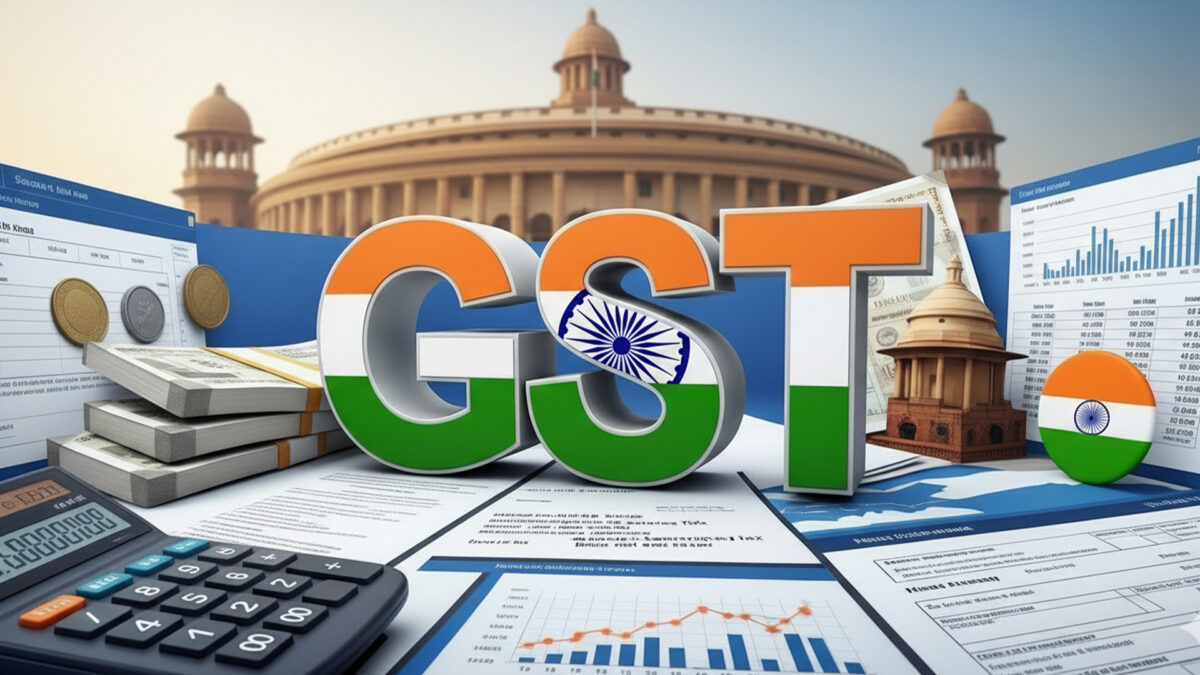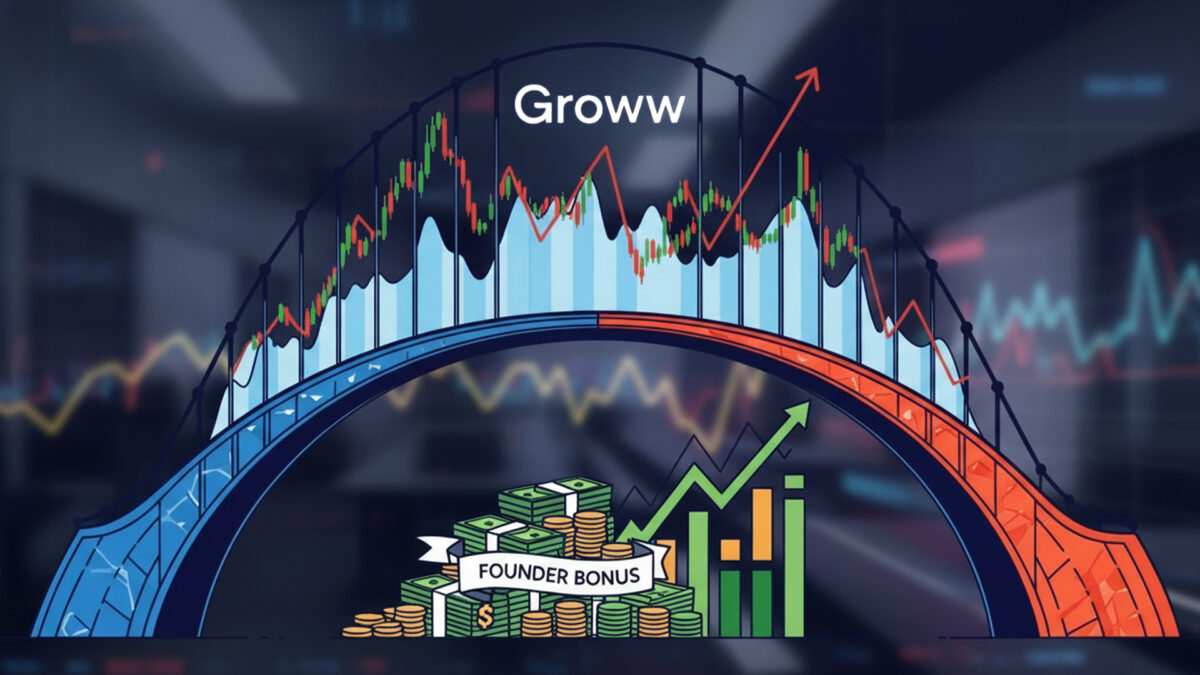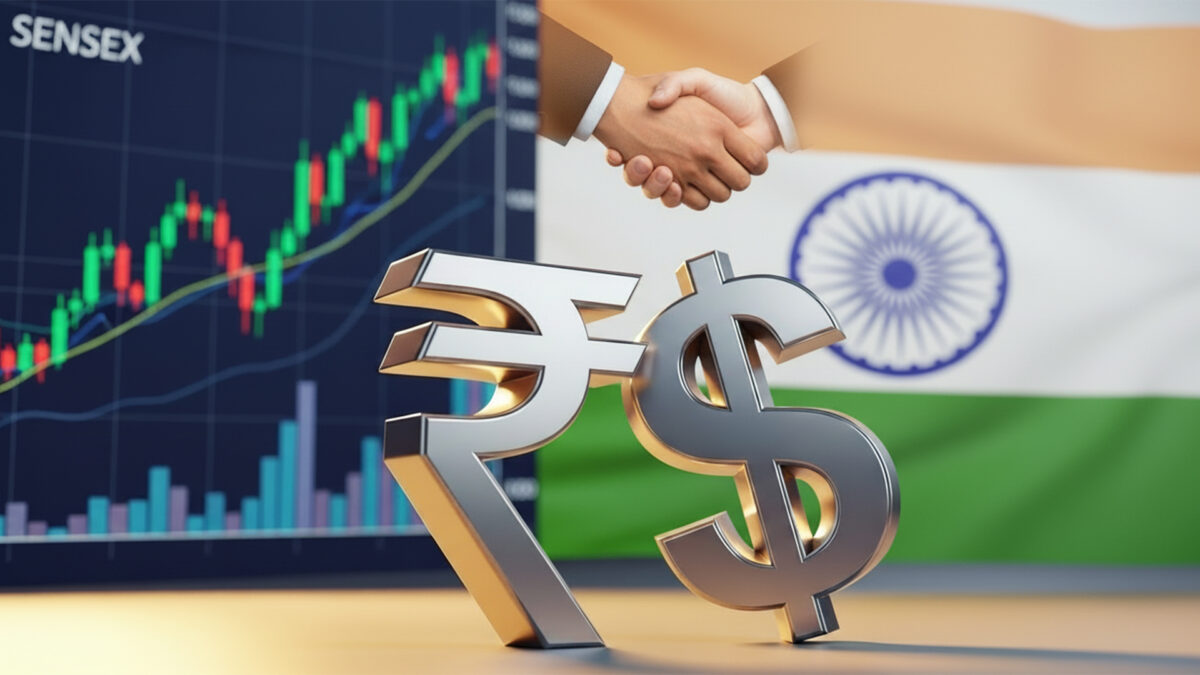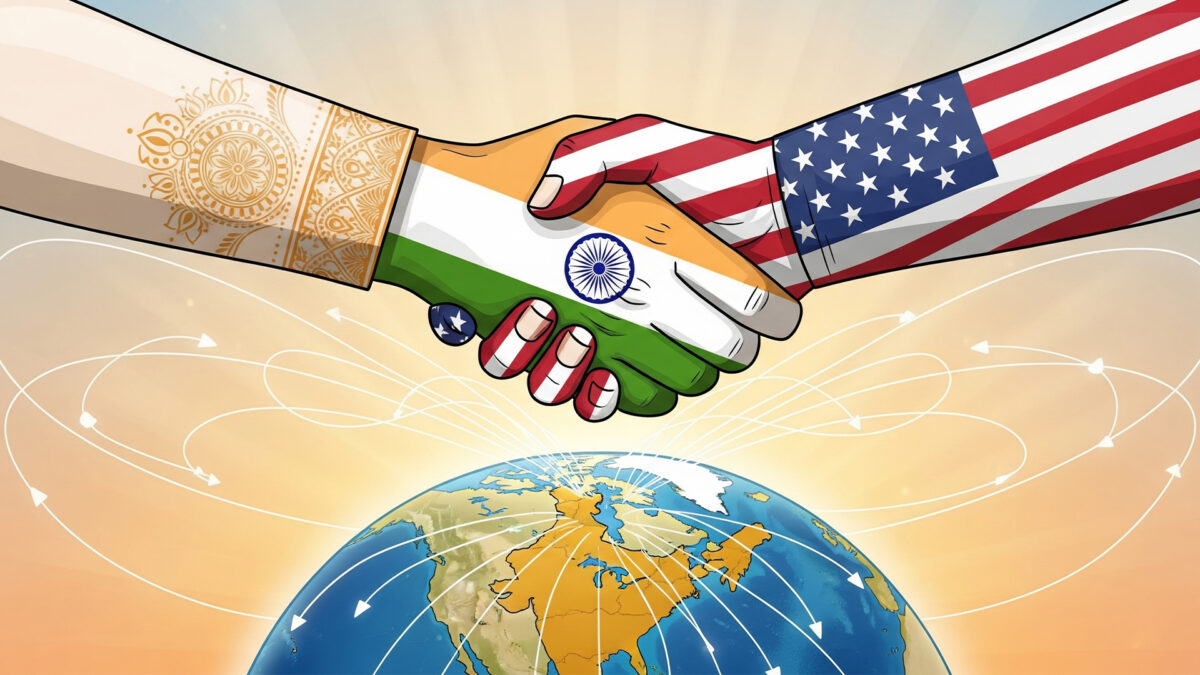The Union Finance Ministry has announced new Central Goods and Services Tax (CGST) rates for goods, effective Monday, September 22, 2025. States are expected to follow suit and notify the corresponding State GST (SGST) rates on goods and services to ensure uniform implementation across the country. Under the GST framework, revenues are shared equally between the Centre and the states.
Starting September 22, GST will adopt a two-tier structure, with most goods and services falling under 5% or 18% tax rates. Ultra-luxury items will attract 40%, while tobacco and related products will remain in the 28% slab along with the applicable compensation cess. Currently, GST applies in four slabs—5%, 12%, 18%, and 28%—with additional cesses on luxury and sin goods.
With the reduction in rates, businesses are expected to pass on the benefits to consumers and ensure timely compliance. According to Rajat Mohan, Senior Partner at AMRG & Associates, the government’s clear notification provides much-needed guidance on the applicable rates for a wide range of goods. He noted that businesses now have the responsibility to update their systems, revise pricing, and implement the new rates effectively across their supply chains. He added that the reform’s success will largely depend on how transparently and efficiently industry responds to the revised tax structure.
Similarly, Saurabh Agarwal, Tax Partner at EY, highlighted that companies must align their ERP systems, pricing strategies, and supply chain operations with the updated GST rates. This alignment, he said, is crucial not only for smooth implementation but also to ensure that consumers actually benefit from the rationalized rates.
The GST Council, comprising representatives from both the Centre and the states, approved the rate reduction to ease the burden on consumers during its meeting on September 3, 2025. With the revised rates coming into effect next week, businesses nationwide are gearing up for a seamless transition to ensure compliance and proper benefit transfer to end consumers.
Also Read: Devastating Rains in Uttarakhand: 10 Missing in Chamoli, 2,500 Stranded in Mussoorie









